The Earth is full of holes, and more are appearing every day. If we aren't drilling down, blowing up or generally messing around with our planet then nature is doing its best to do exactly the same.
We are going to take you on a tour of some of the World's biggest and most impressive (or scary) holes in the ground. Honestly, it is more interesting than it sounds...
Like this gallery? Why not check out some more of our picture features:
1
Darvaza Gas Crater, Turkmenistan
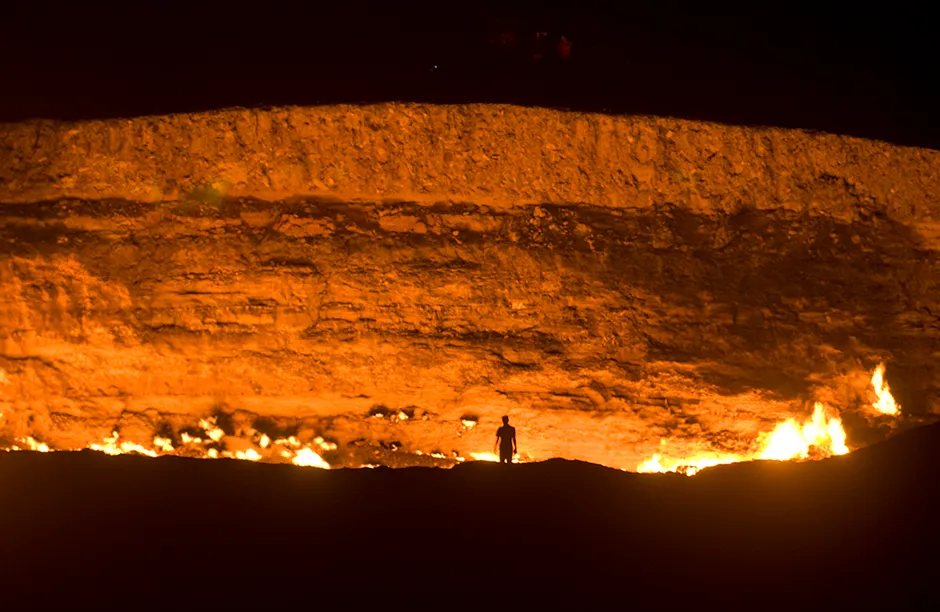
- Depth: 30 metres
- Location: Derweze, Turkmenistan
- Origin: Man-made
In the early 1970s, this natural gas field in Derweze, Turkmenistan collapsed into an underground cavern whilst being drilled by engineers wanting to assess the quality of the gas in the area. Geologists then thought it would be a good idea to set it on fire to stop the release of methane gas poisoning local wildlife, but unfortunately nearly 50 years later the hole is still on fire and burning away quite happily.
The diameter of the crater is 69 metres, and its depth is 30 metres, which is quite a large hole to make by accident if you ask me.
Because of its amazing appearance it has become a popular tourist attraction, and has featured in a fair few TV programmes. It is commonly referred to as the 'Gates of Hell', but in reality it's just an unfortunate set of circumstances and a bit of an ecological disaster.
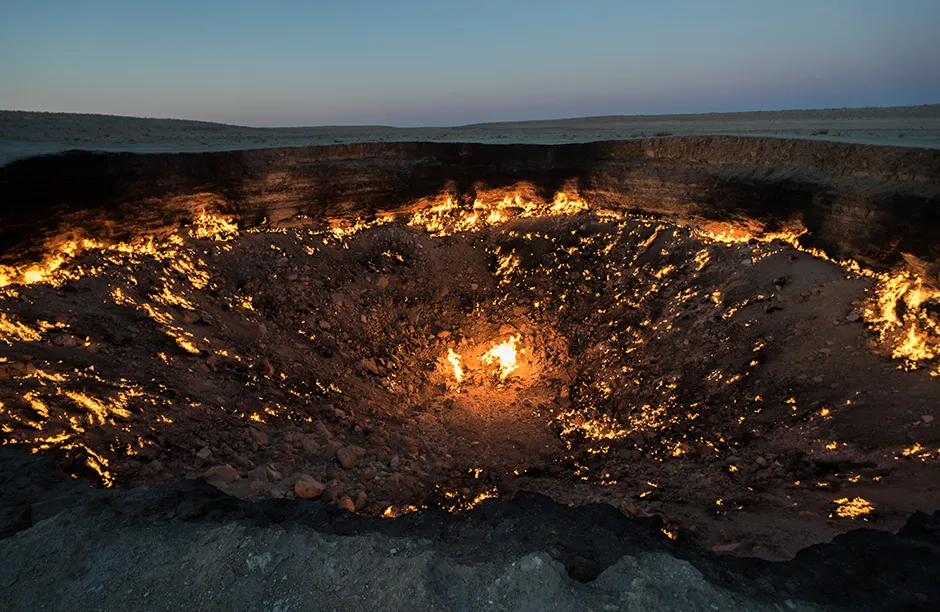
2
Kola Superdeep Borehole, Russia
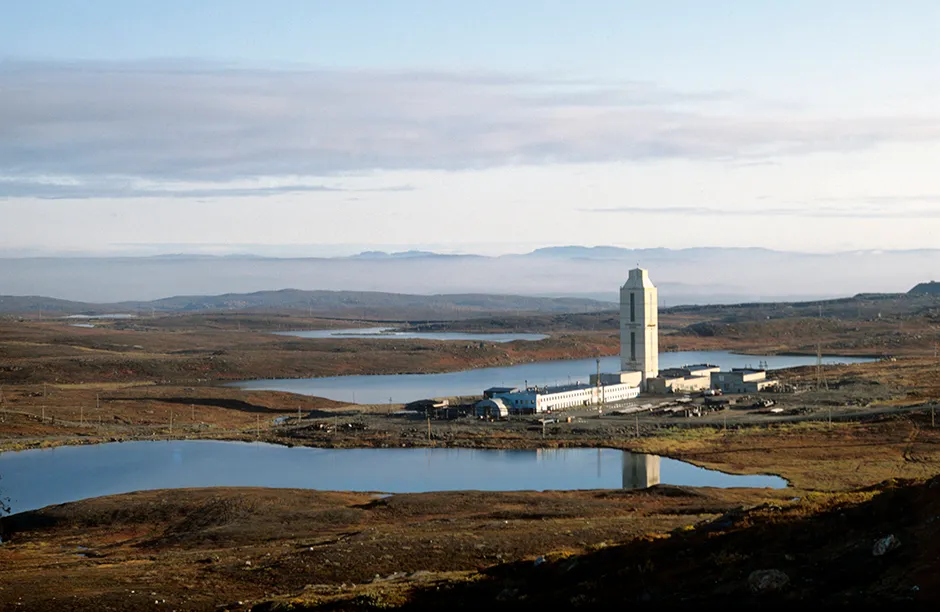
- Depth: 12,226 metres
- Location: Kola Peninsula, Russia
- Origin: Man-made
In the early 1970s, in what was then the Soviet Union, scientists decided that they would see how far down into the Earth's crust they could drill. While this seems like a slightly dangerous and utterly pointless idea, the result was an impressive hole that measured 12,226 metres by the time drilling ceased in 1992.
The scientists found that at this depth, the rock started to behave like a plastic due to the decreased rock density and higher temperatures which made drilling any deeper almost impossible. Therefore, this record is one that is likely to stand for a long time.
The Kola borehole is now known as the deepest artificial point on Earth, but sadly the hole (which is only a relatively tiny 23 cms in diameter) has been welded shut, and all surrounding buildings demolished.

3
China Clay Pit, Cornwall, UK
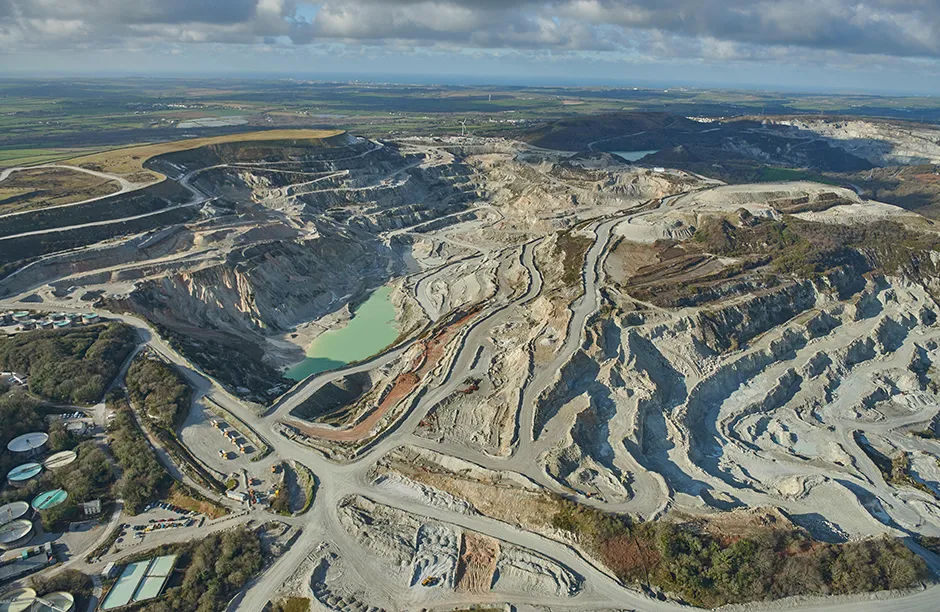
- Depth: 70 metres
- Location: St Austell, Cornwall, UK
- Origin: Man-made
The hills surrounding St Austell are known by some as the Cornish Alps, and is home to one of the biggest China Clay mines in the world. In fact one of the few remaining working mines left in Cornwall, a place with a huge mining history stretching back generations.
The mines brought great industry and trade to the area from the mid-18th Century. By the early 20th Century roughly half of the world's China Clay came from Cornwall.
The mines are still in operation today, albeit at a smaller scale. But the landscape is still impressive, and the nearby towns owe their existence and prosperity to this industry. The Eden Project is a good example in that it is built on the site of a disused China Clay mine.
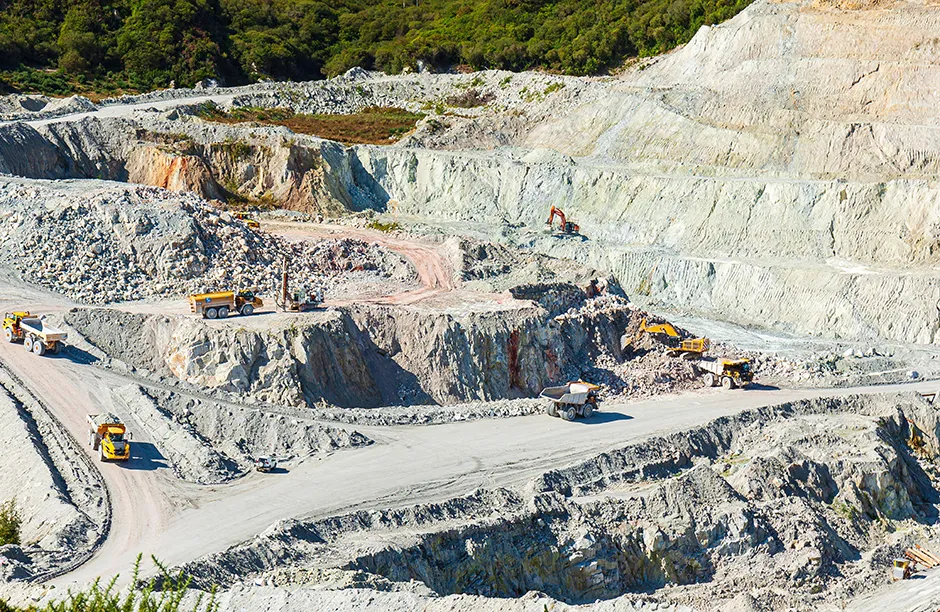
4
G-Cans Storm Drain, Tokyo, Japan
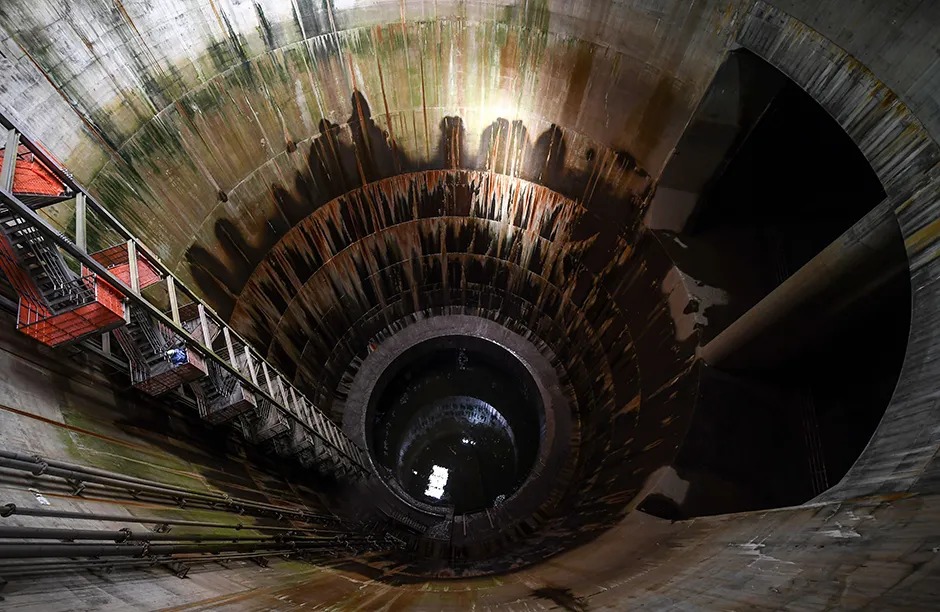
- Depth: 65 metres
- Location: Kasukabe, Japan
- Origin: Man-made
Hidden deep underground in the city of Kasukabe (Japan) is this huge hidden world of tunnels and silos collectively known as 'G-Cans'. Completed in 2006, this facility is able to drain 198 cubic metres of water per second into the Edo River. This is the equivalent of draining an olympic-sized swimming pool in about 12 seconds.
The main job of this cavernous complex of storm drains is to protect nearby Tokyo and the surrounding areas from flooding during tropical storms, a problem that has increased due to the changing climate.
Before the COVID-19 crisis, it was a popular tourist destination. Although due to it's size, it could take 4 hours to have a good look around the whole complex.
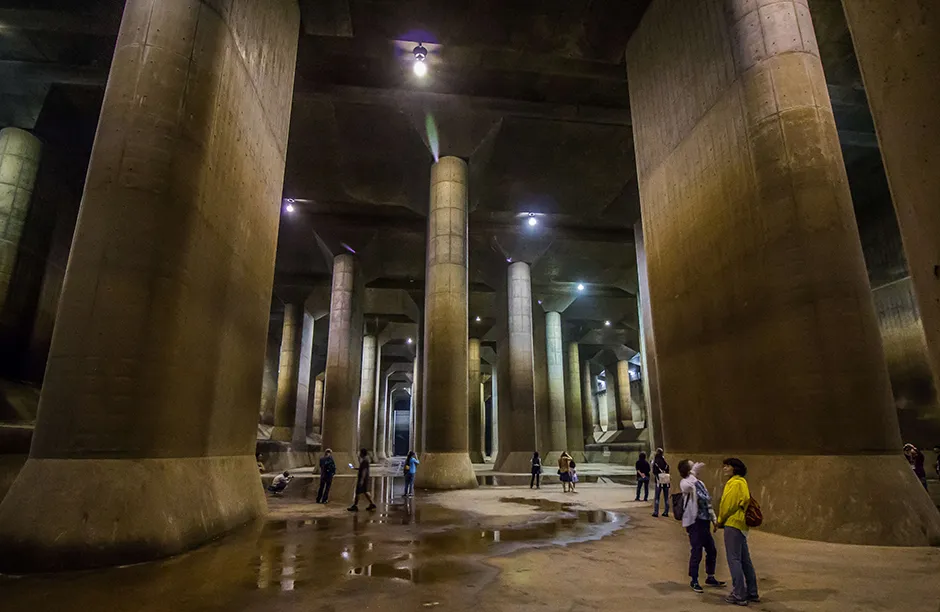
5
Mir Diamond Mine, Russia
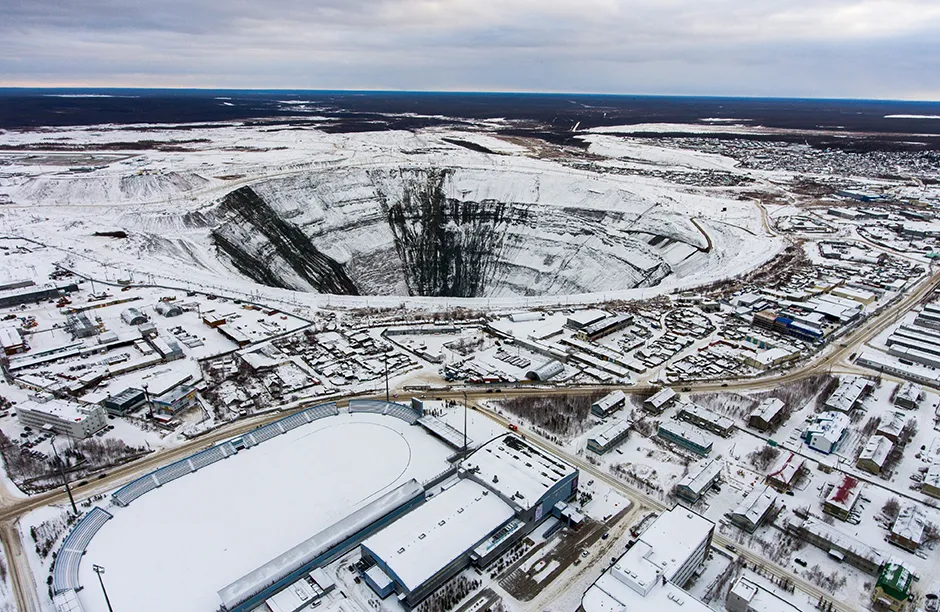
- Depth: 525 metres
- Location: Mirny, Siberia, Russia
- Origin: Man-made
In the freezing cold landscape of Siberia lies one of the deepest holes in the world. And it's full of diamonds!
The Mir mine (AKA Mirny mine) has been in operation since the 1950s, when some generous souls decided to share their discovery of kimberlite diamond pipes with the state (communism, see). 70-odd years later there are still plenty of diamonds to be mined, and plenty of time to drill deeper than the current depth of 525 metres.
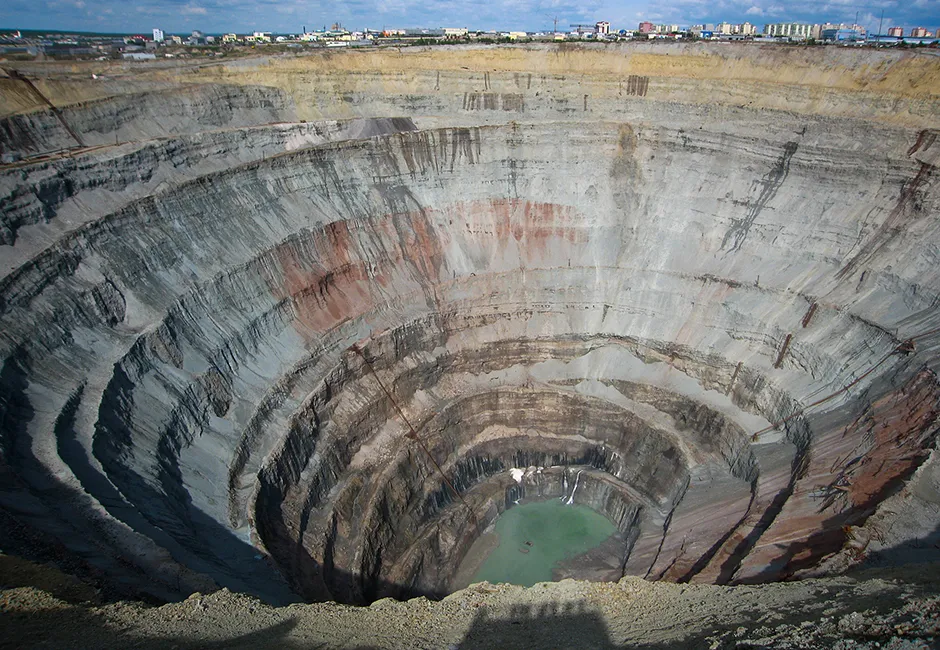
6
Xiaozhai Tiankeng
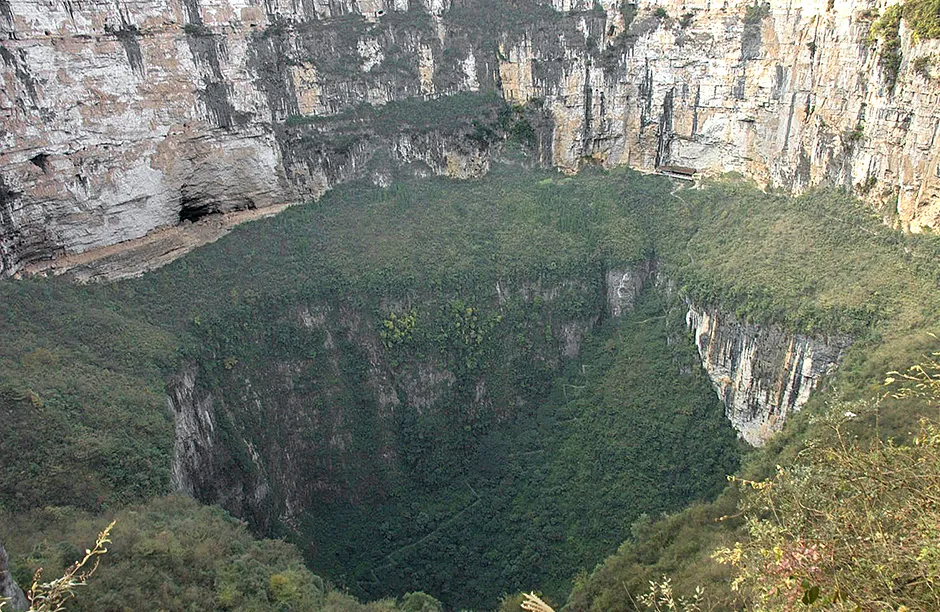
- Depth: 662 metres
- Location: Xiaozhai, China
- Origin: Naturally occurring
This is the World's deepest sinkhole, estimated to be between 511 and 662 metres deep. The Heavenly Pit (The 'Tiankeng' part of it's name) has been known to local people for thousands of years, and is now becoming a popular tourist destination.
During the rainy season, a waterfall can form in the mouth of the sinkhole, taking water down into the Difeng cave below, and then off into an underground river that eventually meets the Migong river 8.5km away.
Recently a team of scientists have announced plans to scan the sinkhole and the huge maze of caves in the surrounding area. This will hopefully shed more light on how the hole was formed.
7
Bingham Copper Mine, USA
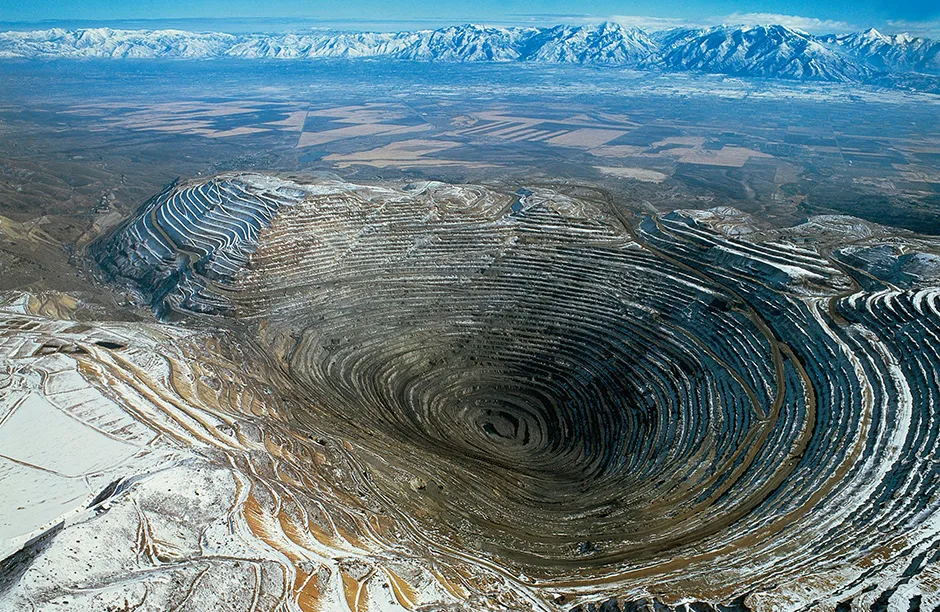
- Depth: 1210 metres
- Location: Utah, USA
- Origin: Man-made
This big ole' mine is believed to be the largest man-made excavation, and deepest open-pit mine in the world. This amazing place is over 1km deep, 4km wide, and holds National Historical Landmark status in the US.
But the impressive stats don't stop there. In its 114-year existence it has managed to produced the most amount of copper from any mine in history, at an estimated 19 million tonnes plus.
With such a huge operation over such a long period of time, the environmental impact of such a mine is obviously pretty negative, but the company that runs the mine has been making efforts to clean up the area in recent years.
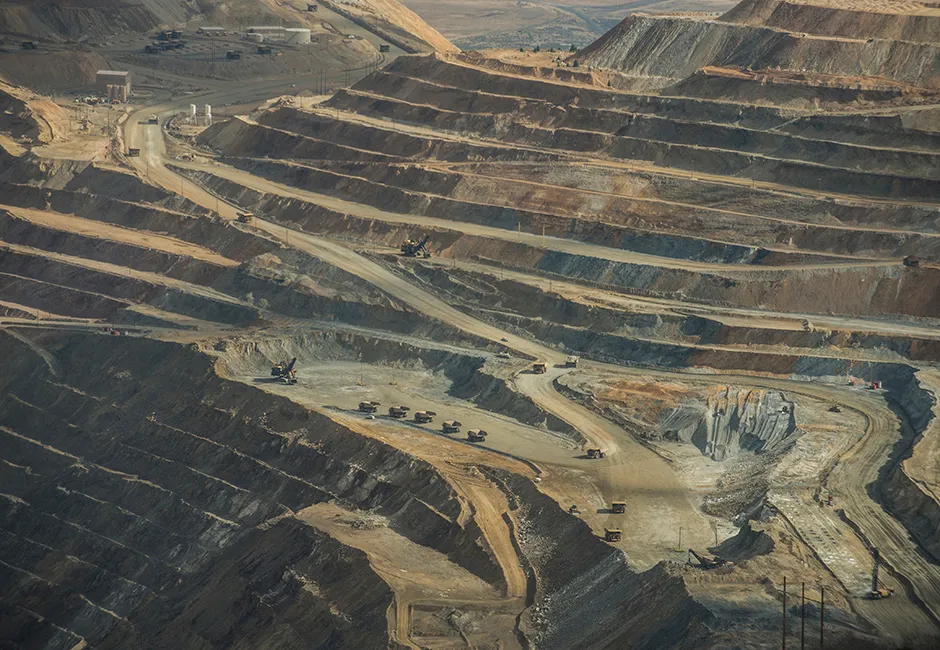
8
Batagaika crater, Sakha Republic, Russia
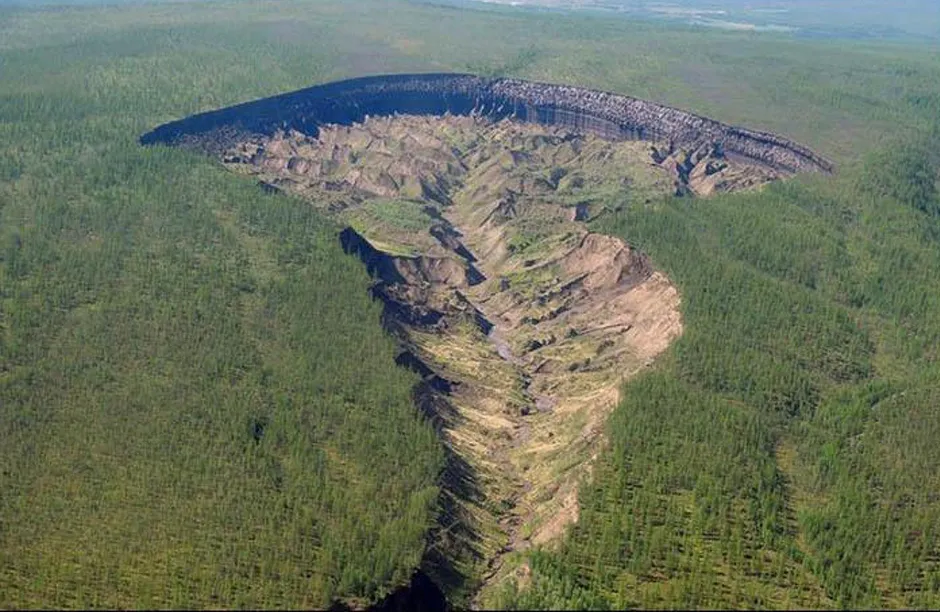
- Depth: 100 metres
- Location: Siberia, Russia
- Origin: Naturally occurring
Known by locals as the 'doorway to the underworld', the Batagaika Crater is an example of a 'mega slump', or 'thermokarst' depression, where the permafrost below is thawing and leading to the ground above to collapse.
The crater is believed to be the biggest example of a permafrost crater in the World, and is growing all the time. As it does so, it reveals many ice-age fossils in the mud surround the crater, plus ancient forests below.
It is estimated that the crater is currently growing at a rate of 10 metres per year, so who knows what might be uncovered here in the future.